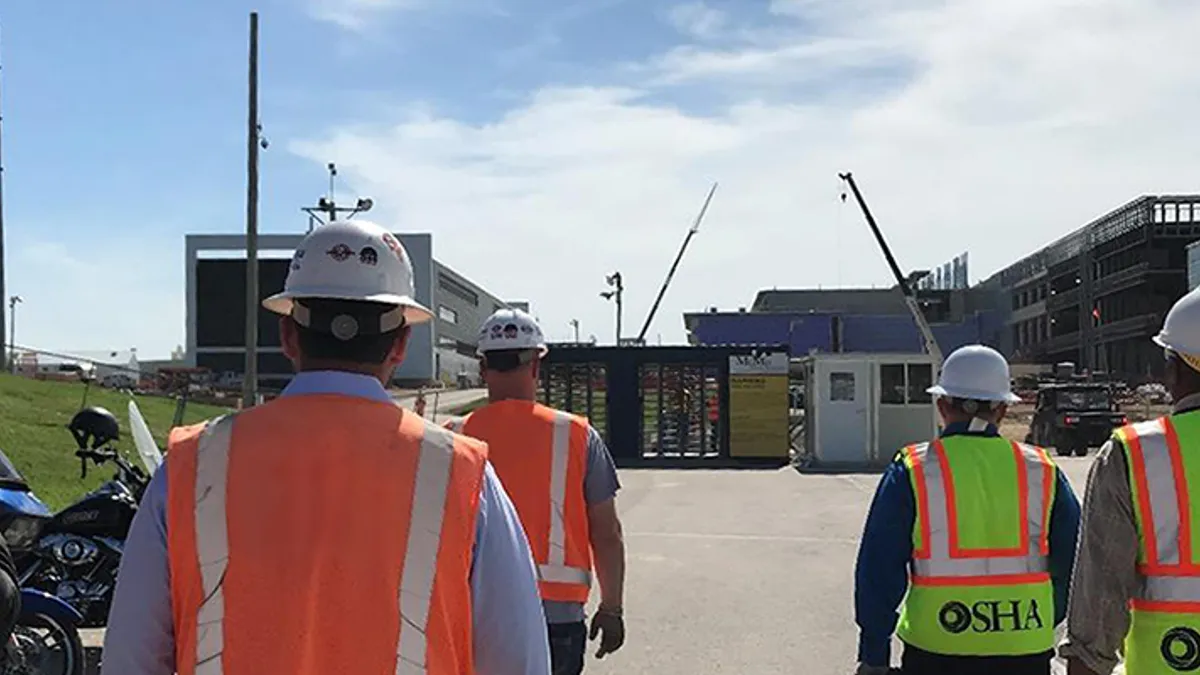Dive Brief:
- OSHA has raised its maximum civil penalty amounts for 2021 according to the rate of inflation. The new penalties go into effect Jan. 16.
- The maximum federal penalty for serious and other-than-serious violations is now $13,653 per violation, up from $13,494. The maximum penalty for willful or repeated violations is now $136,532 per violation, up from $134,937.
- OSHA increased its monetary penalties by more than 80% in August 2016 in order to reflect cost-of-living increases since 1990, the last time the penalties had been raised. Since 2017, OSHA has adjusted the fines according to the Cost of Living Index every year.
Dive Insight:
The agency also announced that it is changing the way it collects citation penalties that have been levied against establishments, which OSHA defines as single, physical locations where business is conducted.
Currently, all demands for payment after the first are issued at 30-day intervals. Moving forward, OSHA will send a series of three penalty payment after an establishment fails to make timely payment based on a final order — one at seven days, the second at 30 days and the next at 60 days. OSHA will also contact those that don't pay their fines on time by phone 14 days after the payment is due.
If an establishment fails to make payment and does not have an affordable payment plan in place, OSHA will put that establishment on a priority list for more inspections. In addition, OSHA compliance safety and health officers will collect employer identification numbers as part of the preinspection process.
OSHA issues citations and levies fines for safety violations as well as for administrative infractions like failure to perform adequate recordkeeping. For instance, covered employers must submit electronically their "OSHA Form 300A Summary of Work-Related Injuries and Illnesses" data by March 2.
OSHA's new payment letter initiative is part of a wider Department of Labor push to maximize collections. The new process also aims to shorten the time in which unpaid debts are referred to the Department of Justice for litigation, according to the Labor Department's final rule as published in the Federal Register.














